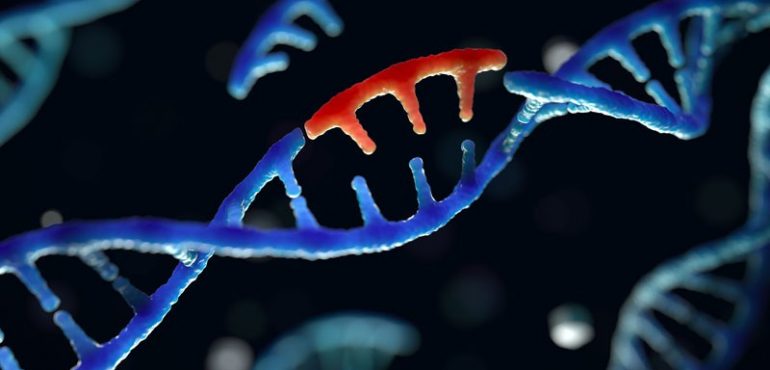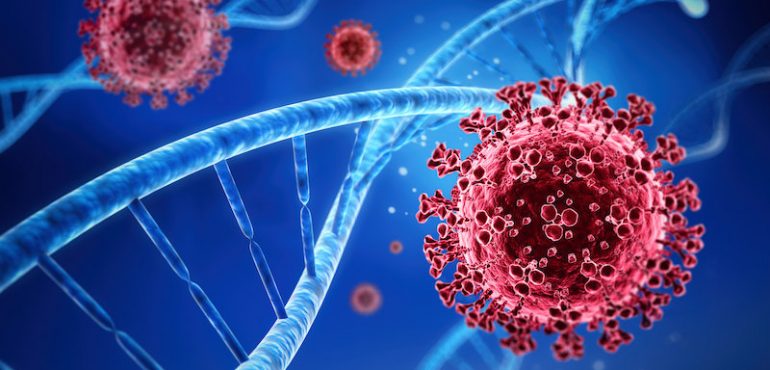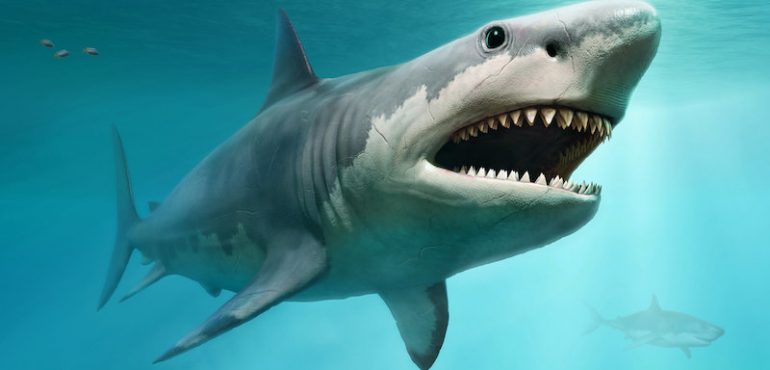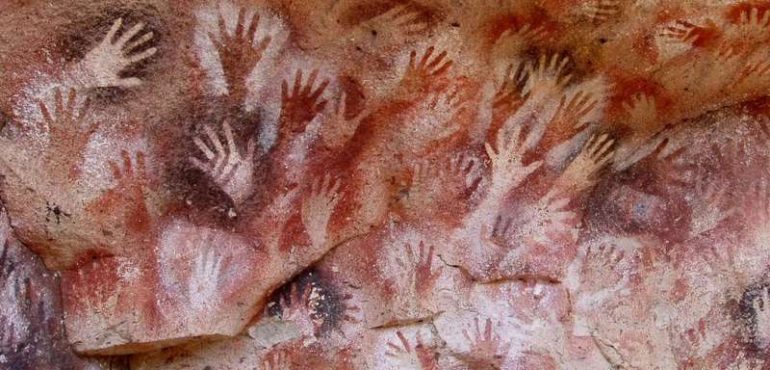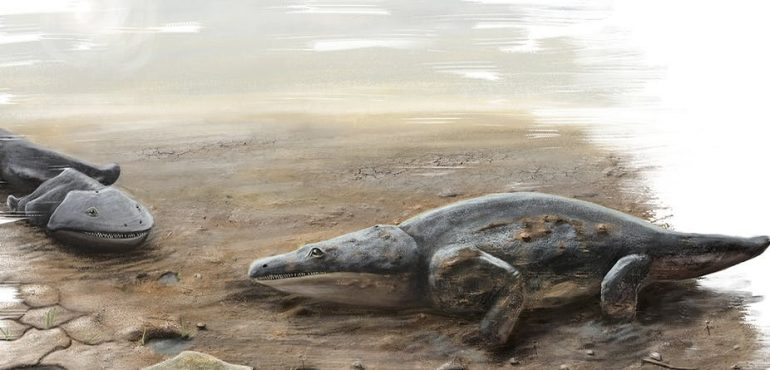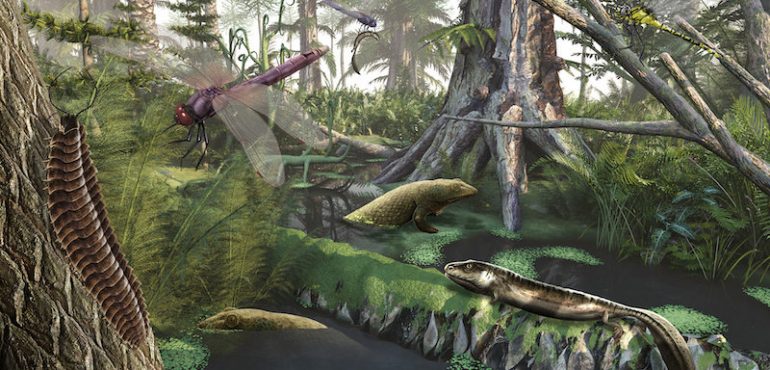The precise transmission of genetic information from one generation to the next is fundamental to life. Most of the time, this process unfolds with remarkable accuracy, but when it goes awry, mutations can arise -- some of them beneficial, some of them inconsequential, and some of them causing malfunction and disease. Yet, precisely where and…
Read more
Computational analysis reveals sources of genetic variations
